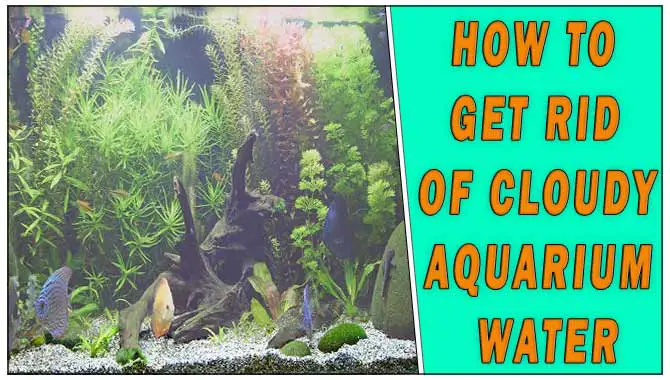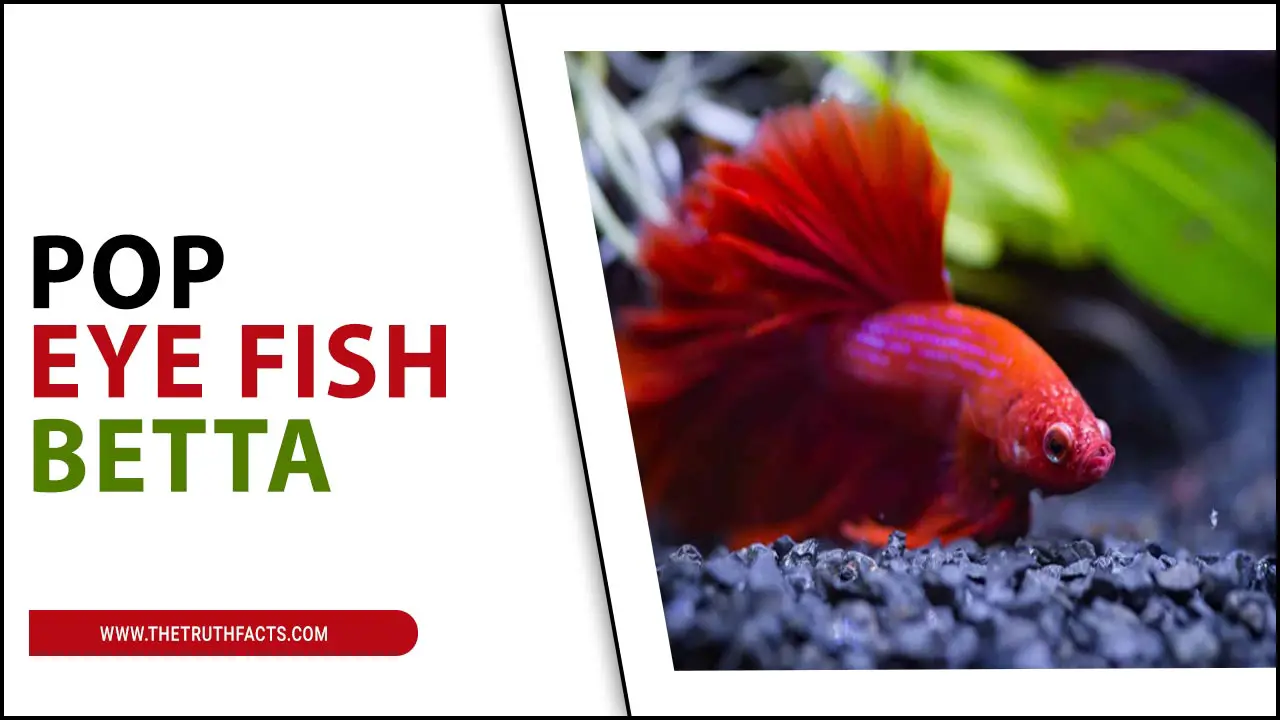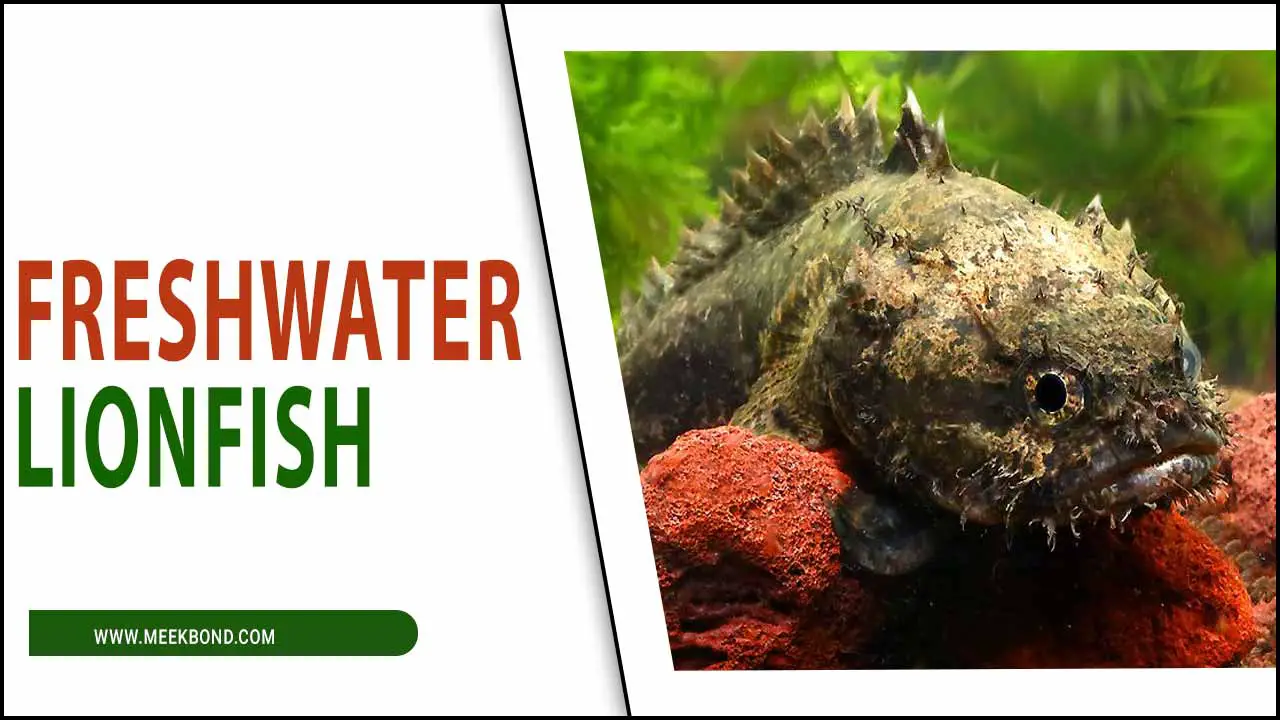Aquariums are a great way to bring nature into your home while creating an aesthetically pleasing vibe. Petco aquarium plants are a great choice for anyone looking to add greenery to their fish tank.
Not only do they look good, but they also provide natural filtration and oxygenation to the water. We will cover everything you need to know about Petco-aquarium plants – from their types and benefits to essential elements required for their growth, such as light, nutrients, and water requirements.
We will also guide you through the steps to grow Petco-aquarium plants, including choosing the right plant, preparing the tank, planting procedure, maintenance and care, and troubleshooting common issues. By the end of this blog, you’ll be able to grow beautiful petco-aquarium plants like a pro.
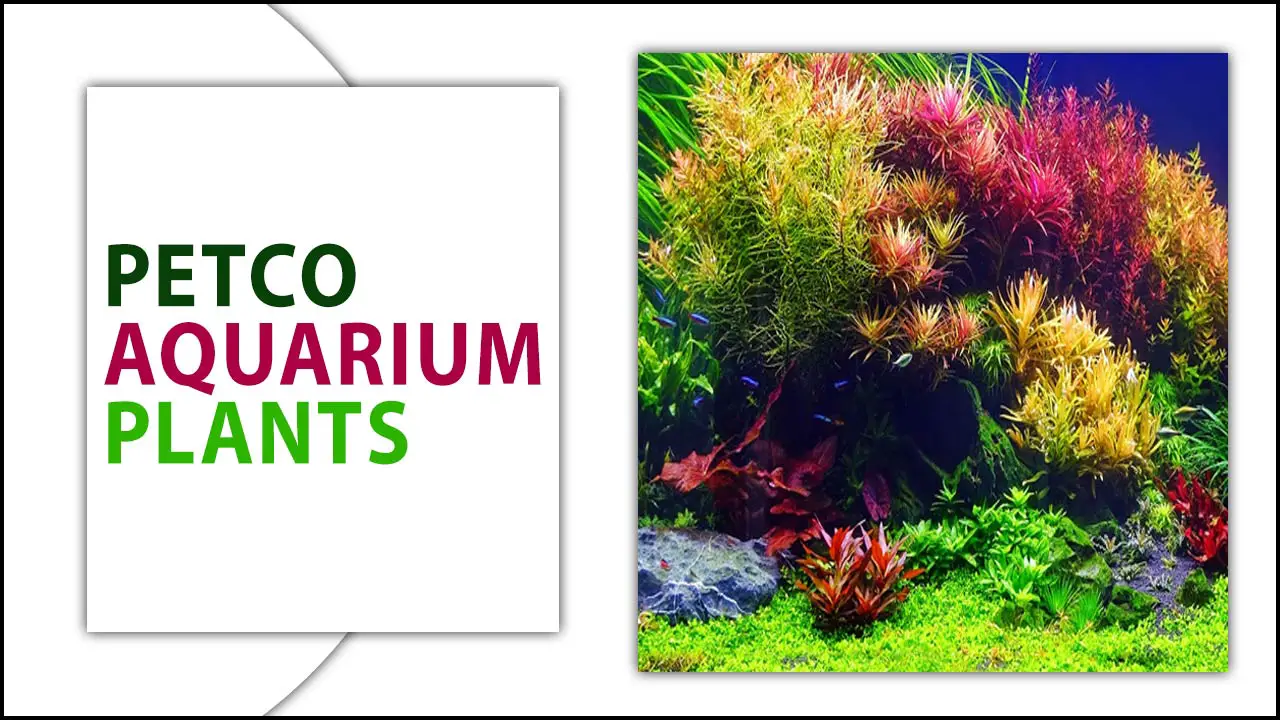
About Petco-Aquarium Plants
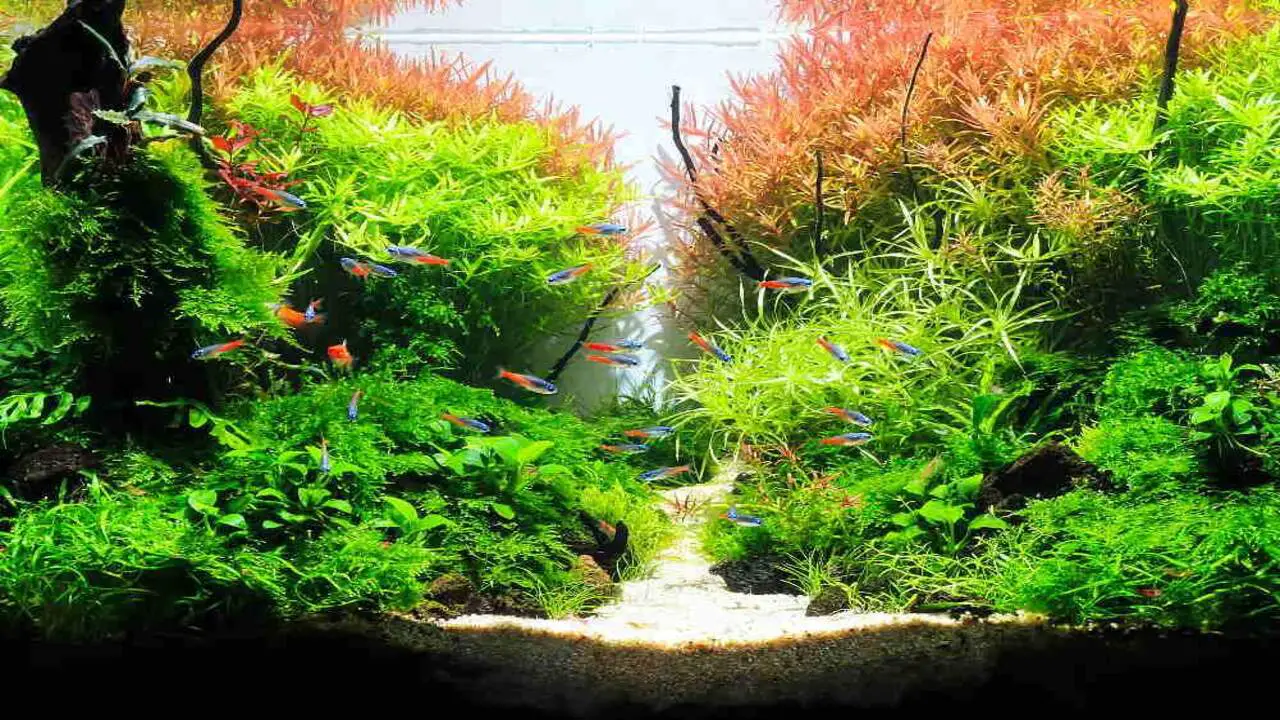
Understanding Petco-aquarium plants is essential for any aquarium enthusiast. Petco offers a wide variety of live and artificial plants that can enhance the beauty and health of your aquarium ecosystem. Live plants provide oxygen, absorb excess nutrients, and create a natural habitat for fish and other aquatic creatures.
On the other hand, artificial plants offer low-maintenance options that can still add visual appeal to your aquarium. Before choosing the right plants for your aquarium, it’s important to consider factors such as lighting, water parameters, and the specific needs of your fish species. Whether you’re a beginner or an experienced aquarist, Petco’s selection of aquarium plants can help you create a vibrant and thriving underwater world for your aquatic pets.
Types Of Petco-Aquarium Plants
Petco offers a variety of aquarium plants that can enhance the beauty and health of your fish tank. Some common types of Petco-aquarium plants include Anubias, Java Fern, and Amazon Sword. Anubias is a popular choice as it is easy to care for and adds a lush green look to your tank.
Java Fern is another great option that can thrive in low light conditions and provide hiding spots for your fish. Amazon Sword is a larger plant that can create a stunning focal point in your aquarium. These are just a few examples of Petco’s many aquarium plants, so you can find the perfect plants to suit your tank’s needs and create an underwater oasis for your fish.
Steps To Grow Petco Aquarium Plants
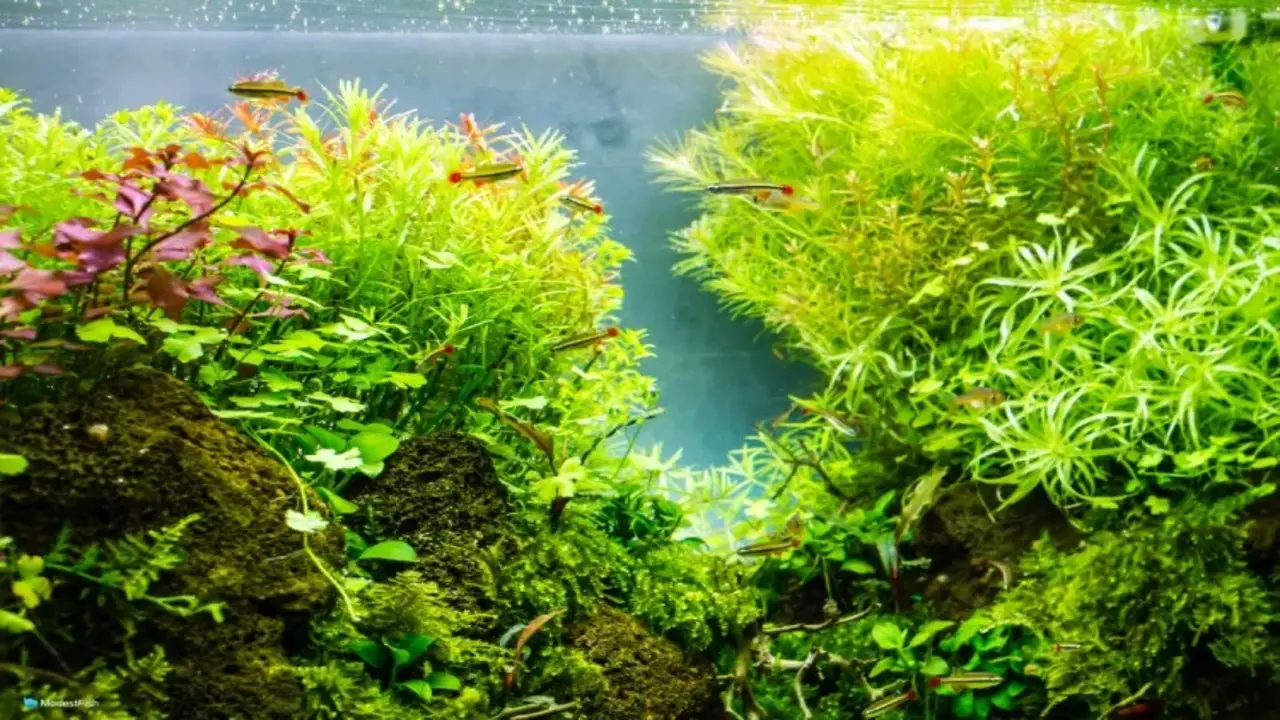
When choosing aquarium plants for your tank, Petco offers various options to suit your needs. Petco aquarium plants are carefully selected and maintained to ensure they are healthy and vibrant. Whether you’re looking for low-maintenance plants or more exotic species, Petco has you covered.
To grow petco-aquarium plants successfully, choose the appropriate substrate and ensure adequate lighting for 8-12 hours daily. Consider CO2 injection to enhance growth and provide proper fertilization with liquid or root fertilizer. Regular pruning is essential to prevent overgrowth and maintain a balanced aquatic environment. Here are some steps to help grow your Petco aquarium plants.
Choosing The Right Plant
Choosing the right plants for your aquarium is crucial since different plants have varying lighting and nutrient requirements. Consider the compatibility of the plants with your fish and aquarium environment. Low-maintenance plants like Java Fern and Anubias are great options for a beginner. However, high-maintenance plants like carpeting plants require more attention and care. Make sure to research the specific needs of each plant before adding them to your aquarium.
Preparing The Tank
To prepare the tank for optimal plant growth, ensure it is clean and free of debris or algae. Add a nutrient-rich substrate or fertilizer to promote plant health. Consider using activated carbon to filter water impurities. Invest in high-quality aquarium lights for proper lighting. Regularly monitor water temperature and pH levels for optimal plant care.
Planting Procedure
To ensure optimal growth and development of your petco-aquarium plants, start by rinsing them with clean water. Use nutrient-rich substrate to provide essential nutrients for the plants. Plant them carefully using tweezers or your fingers, burying the roots in the substrate. Avoid overcrowding the aquarium; remember to leave enough space for the fish to swim. Regularly add fertilizers or CO2 supplements to promote healthy plant growth.
Why Choose Petco-Aquarium Plants?
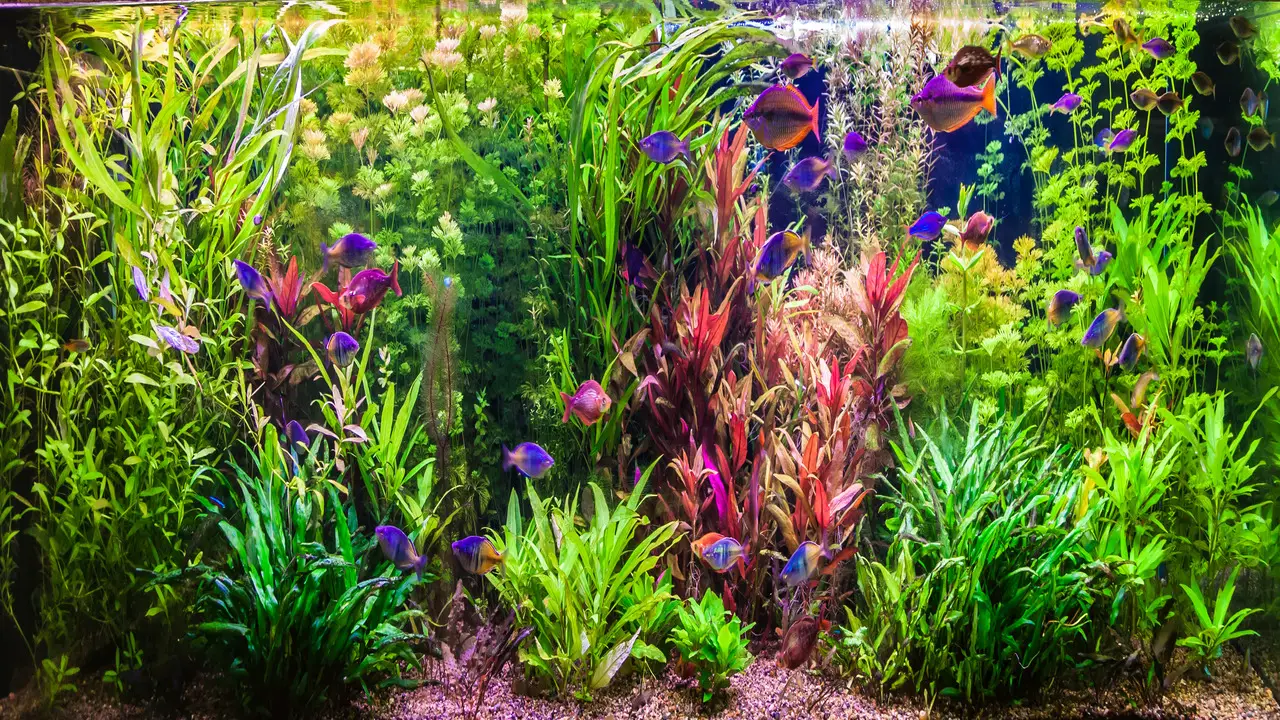
Petco-aquarium plants should be your top choice because they offer a wide variety of options suitable for all types of aquariums. With Petco, you can be confident that you are getting healthy and thriving plants for your aquatic environment. Plus, their plants are affordable and accessible to both beginner and advanced aquarists, enhancing your aquarium’s overall look and health.
Essential Elements For Petco Aquarium Plant Growth
Proper care and maintenance are essential for Petco’s growth of aquarium plants. Several key elements are crucial to ensuring healthy plant growth in your aquarium. Firstly, lighting is a vital factor as it provides energy for photosynthesis.
Choosing the right type of lighting for your specific plants is important considering their light requirements. Secondly, a nutrient-rich substrate is necessary for providing essential nutrients to the plants’ roots. This can be achieved through specialized substrates or by supplementing with liquid fertilizers.
Lastly, carbon dioxide supplementation can greatly enhance plant growth by promoting photosynthesis. This can be achieved through CO2 injection systems or liquid carbon supplements. By paying attention to these essential elements, you can create an optimal environment for your Petco-aquarium plants to thrive and add beauty to your aquatic setup.
Nutrient Requirements
When it comes to maintaining a healthy and thriving aquarium, understanding the nutrient requirements of your aquatic plants is essential. Aquarium plants require certain nutrients to grow and flourish like any other plant. These nutrients include nitrogen, phosphorus, potassium, and micronutrients like iron, manganese, and zinc.
It is important to provide these nutrients in the proper balance to ensure that your aquarium plants receive everything they need to thrive. This can be achieved through fertilizers designed for aquarium plants or natural methods such as adding fish waste or using nutrient-rich substrates. By meeting the nutrient requirements of your aquarium plants, you can create a beautiful and healthy underwater ecosystem that you and your fish will enjoy.
Water Requirements
Different aquarium plants have varying water requirements, which is important to consider before purchasing. Some plants thrive in hard or alkaline water, while others prefer soft or acidic water. Lighting levels also play a role, as some plants can tolerate low lighting while others need high-intensity light for photosynthesis. Maintaining consistent water parameters and employing regular water changes and proper filtration are essential for the healthy growth of aquarium plants.
Maintenance And Care
Maintaining the health of your aquarium plants is crucial for a thriving ecosystem. Pruning and removing dead leaves should be done on a regular basis to promote healthy growth. Proper lighting, CO2, and nutrient levels are essential for optimal plant health.
Choosing the right substrate and ensuring proper water circulation can also greatly impact plant growth. Pests and diseases can quickly spread in an aquarium, so watching for any signs of trouble is important. Regular water changes can prevent nutrient imbalances and improve overall plant health. Following these basic guidelines ensures your petco-aquarium plants remain healthy and beautiful for years.
Troubleshooting Common Issues

Aquarium plants are a beautiful addition to any tank, but watching for signs of distress is important. Yellowing leaves may indicate a nutrient deficiency or too much light exposure. Bacterial or fungal infections could cause brown or black spots on the leaves. Wilting or drooping plants might be due to poor water quality or inadequate lighting. The algae growth can be managed through proper water and light management techniques.
Regular pruning and maintenance are crucial to ensure the health and longevity of your petco-aquarium plants. This includes removing dead or damaged leaves, cleaning the tank regularly, and monitoring water quality. It is also important to provide the appropriate nutrients and lighting conditions for each type of plant in your tank. By paying attention to these details, you can create a thriving aquatic ecosystem that is visually appealing and healthy for your fish.
How Often Should You Fertilize Petco-Aquarium Plants?
Fertilizing Petco-aquarium plants is crucial for their growth and survival. The frequency of fertilization largely depends on the specific plant and the nutrients available in the tank. Generally, it is recommended to fertilize once or twice a week using a liquid fertilizer that contains essential macro and micronutrients. This will ensure that the plants receive a steady supply of nutrients for healthy growth.
Monitoring the plants for any signs of nutrient deficiency or excess, such as yellowing leaves or excessive algae growth, is important. If you notice these symptoms, adjust your fertilization schedule accordingly. Additionally, be careful not to over-fertilize, as this can lead to toxic conditions in the tank and harm aquatic life. Always follow the manufacturer’s instructions when using fertilizers in moderation.
Apart from liquid fertilizers, other fertilizers, like root tabs, can be placed directly into the substrate to provide nutrients to plant roots. These can be a good option for plants with high nutrient requirements or if you want to provide targeted nutrition to certain areas of the tank.
Remember, each aquarium is unique and may have different plant species with varying nutrient requirements. Therefore, it’s essential to do your research before choosing a fertilizer and developing a fertilization routine that suits your specific needs.
Enhancing The Growth Of Your Aquarium Plants
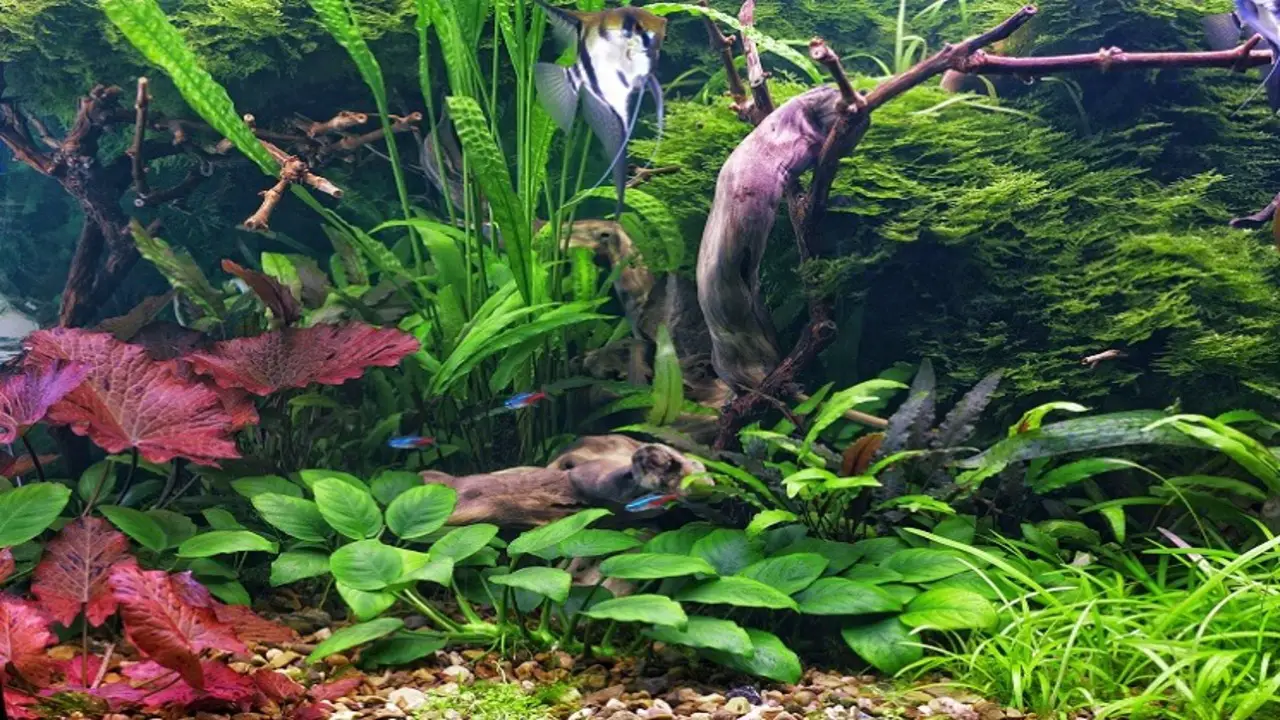
Growing aquarium plants can be a rewarding experience, but it requires proper care and attention. To ensure optimal growth of your petco-aquarium plants, it is essential to maintain the right lighting and water conditions. Additionally, selecting the appropriate substrate and trimming regularly for new growth can help encourage healthy development.
Consider adding fertilizers and CO2 injection to provide essential nutrients for your plants. It’s also important to research the specific needs of your plants to ensure they thrive in your aquarium environment. With these tips, you’ll be on your way to creating a beautiful underwater habitat for your aquatic pets.
Conclusion
Growing petco-aquarium plants can be a rewarding and fulfilling experience. With the right knowledge and care, you can create a beautiful and thriving aquatic environment for your pets. It is essential to understand the different types of petco-aquarium plants, their specific requirements, and the steps to grow and maintain them.
Remember to choose plants suitable for your tank and provide the necessary elements for their growth, such as proper lighting, nutrients, and water conditions. Regular maintenance and care, along with troubleshooting common issues, will ensure the health and growth of your petco aquarium plants. So, dive into aquascaping and create a stunning underwater ecosystem for your pets.
Frequently Asked Questions
What Are The Benefits Of Using Aquarium Plant Bulbs?
Using aquarium plant bulbs offers several benefits. They are easy to use and promote healthy plant growth. These bulbs provide essential light for photosynthesis in plants. Some bulbs even enhance the colors of fish and regulate pH levels in the water.
Is There A Difference Between “True” Aquarium Plant Bulbs And Fake Ones?
There is a distinction between “true” aquarium plant bulbs and fake ones. “True” bulbs are living and will grow into full plants when provided with the right conditions. On the other hand, fake bulbs are typically made of plastic or silk and serve purely for decorative purposes.
How Do I Plant A Water Lily Bulb?
To plant a water lily bulb, choose a container 10 inches deep and fill it with aquatic soil or sand. Cover the bulb with substrate and submerge the container in water, ensuring the level is below the rim.
Do Fluorescent Lights Help Aquarium Plants Grow?
Fluorescent lights play a crucial role in aiding the growth of aquarium plants. They provide the necessary spectrum of light for photosynthesis. To optimize plant growth, consider using specialized plant growth bulbs or full-spectrum bulbs.
How Do You Plant Imagitarium Water Lily Bulbs?
Start planting Imagitarium water lily bulbs by soaking them in water for a few hours. Then, dig a small hole in the substrate of your aquarium and place the bulb with the pointed end facing up. Cover it with substrate and gently press down to secure it.

Aquarium passion is all about connecting with the aquatic life and providing education to the public on the importance of these creatures. We showcase a wide variety of marine life through our exhibits as well as working with schools to provide unique learning opportunities for students of all ages.

